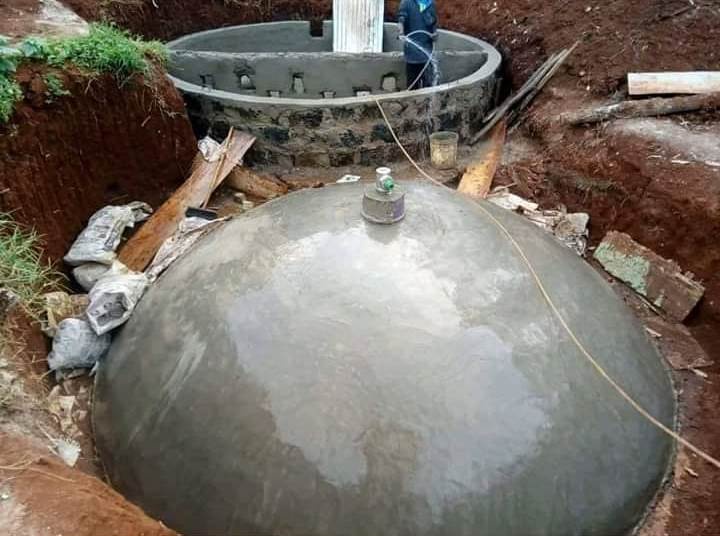Introduction
In today's world, sustainable and eco-friendly solutions are gaining increasing importance as we grapple with environmental challenges and the need for efficient waste management. One such solution that has gained prominence is the biodigester. Biodigesters are innovative systems that convert organic waste into biogas and nutrient-rich fertilizers through anaerobic digestion. The materials used for biodigesters play a pivotal role in their efficiency and durability. In this guest blog, we will delve into the materials commonly used for biodigesters and their significance in promoting sustainable waste management.
1. Polyethylene (HDPE)
High-density polyethylene (HDPE) is one of the most popular materials for constructing biodigesters. Its durability and resistance to corrosion make it an excellent choice for the biodigester's outer shell. HDPE can withstand exposure to a variety of weather conditions, ensuring the biodigester remains functional over an extended period. Additionally, HDPE is relatively lightweight, making it easier to transport and install biodigesters in various locations.
2. Concrete
Concrete is often used for the construction of biodigester tanks. Its high strength and durability make it ideal for containing the anaerobic digestion process. Concrete biodigester tanks are particularly well-suited for larger-scale systems that need to handle substantial volumes of organic waste. Properly designed concrete tanks can last for decades and require minimal maintenance.
3. Fiberglass-Reinforced Plastic (FRP)
Fiberglass-reinforced plastic is another material choice for biodigester tanks. FRP combines the strength of fiberglass with the corrosion resistance of plastic, making it an excellent option for harsh environments. It is lighter than concrete and easier to install, making it a practical choice for smaller biodigesters. FRP biodigester tanks are known for their longevity and low maintenance requirements.
4. Steel
In some cases, biodigester tanks are made from steel. While steel tanks are durable and can withstand high pressure, they require a protective lining to prevent corrosion from the acidic environment inside the tank. Stainless steel is often used due to its resistance to corrosion, but it is more expensive than other materials.
5. PVC and Rubber
PVC and rubber materials are commonly used for constructing gas storage domes or covers of biodigesters. These materials are flexible, airtight, and easy to install. They allow for the collection and storage of biogas produced during the anaerobic digestion process. PVC and rubber materials are cost-effective and provide an effective gas-sealing solution.
6. Piping and Fittings
Biodigesters also require a network of pipes and fittings to transport feedstock and distribute biogas and digestate. These components are typically made from materials like PVC, HDPE, or stainless steel, depending on the specific requirements of the system.
Conclusion
Biodigesters are an environmentally friendly solution to organic waste management and energy production. The choice of materials used for biodigesters is crucial in determining their efficiency, longevity, and overall environmental impact. Whether it's the durable tanks, gas storage covers, or the piping network, each component's material selection must align with the biodigester's intended purpose and location. By using the right materials, biodigester systems can contribute significantly to sustainable waste management, reduce greenhouse gas emissions, and generate valuable biogas and fertilizers for communities and industries alike.
For more information on bio digesters and to explore options tailored to your requirements, consider reaching out to experts like Dakendri Biodigesters, a trusted provider committed to sustainable solutions.
By making an informed choice, you can join the growing community in Nairobi that is embracing bio digesters as a sustainable and eco-friendly solution for waste management and clean energy production.


No comments yet